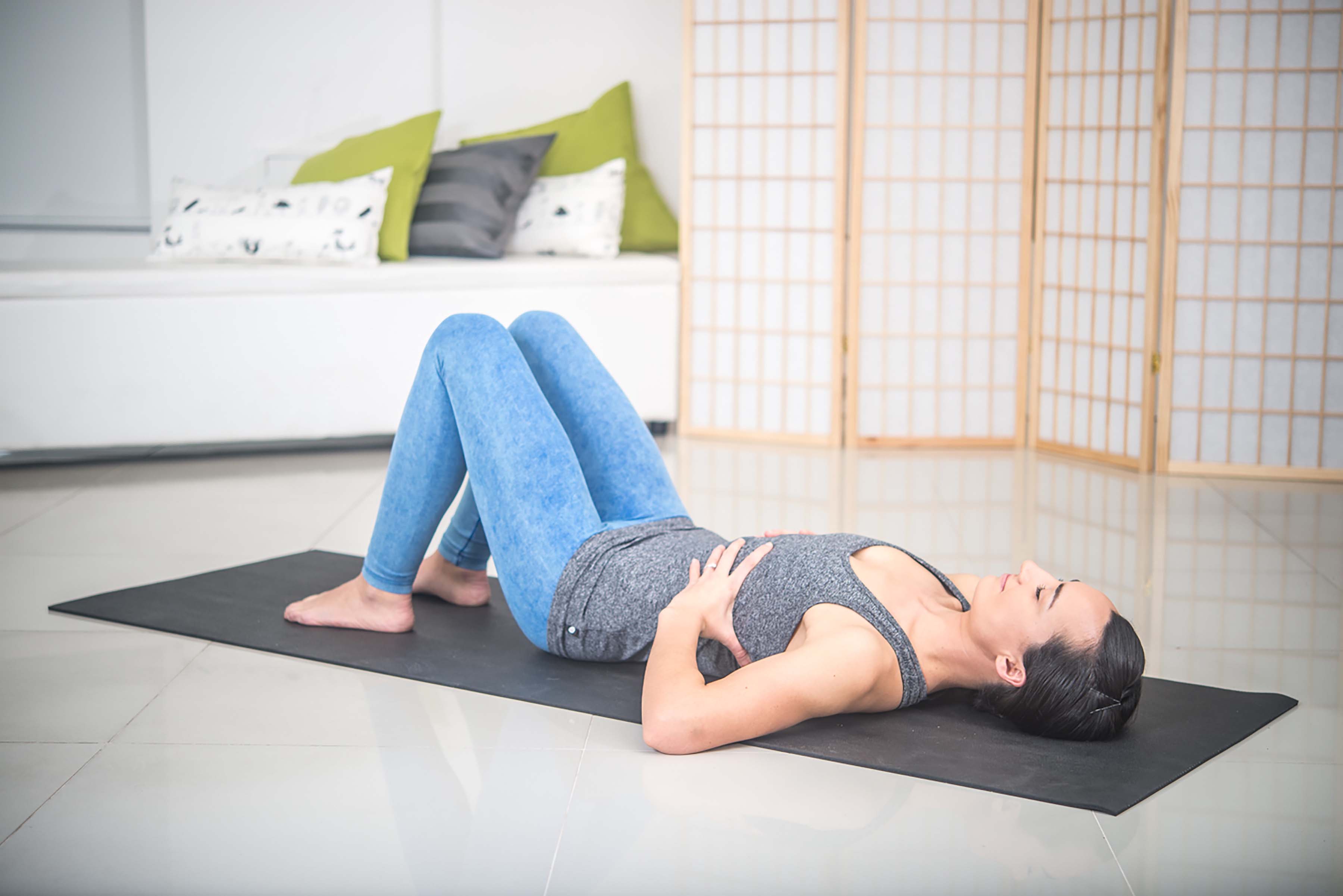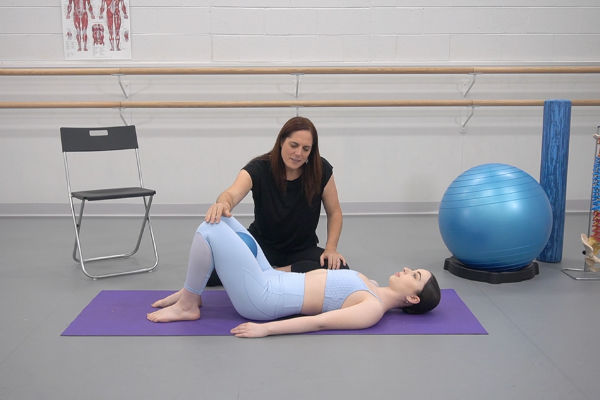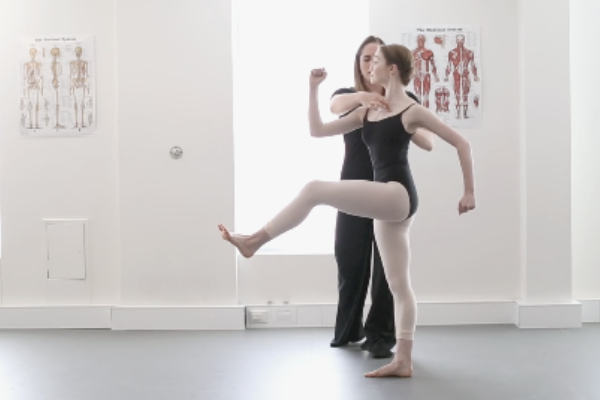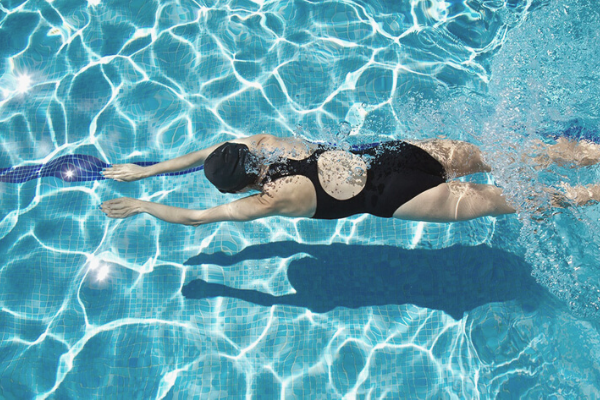- Free Articles
- Shop
- Workshops
- The Dance Educator Series
- Upcoming Workshops
- Workshop FAQ’s
- Host Application Form
- Student Workshop Application Form
- Dance Teacher & Health Professional Directory
- Workshop Testimonials
- Members Areas
- Cart
- My Account
6 D Breathing
Interestingly, if there is one thing almost all dancers need to work on, it is their breathing pattern. Many individuals know that they have an issue with their breathing, yet very few are aware of just how much this influences their flexibility, their core stability, their dancing, or their health in general.
An effective natural breathing pattern influences flexibility in a variety of ways: A calm and even cycle of breath helps regulate and down tune the nervous system; the effective movement of the diaphragm and its relationship to the pelvic floor help improve spontaneous deep core control; and the mobilisation of the head of the ribs helps improve spinal mobility, resolve neural tension and improve fascial mobility down the back line.
Understanding the anatomy of good breathing is an essential step in mastering it. As we inhale, the Diaphragm should contract downward, displacing the abdominal contents and resulting in a slight swelling of the abdomen. The External Intercostal muscles contract to expand the upper ribcage.On the exhale, the Diaphragm relaxes back up into the ribcage, while the Internal Intercostals contract to gently close the ribcage.
Some individuals demonstrate paradoxical breathing, where the abdomen sucks in when they inhale, rather than the other way around. This often takes some focused work to correct, but is time well spent, as everything starts to improve when the breathing is more functional.
Having a good visual understanding of the anatomy involved can help with this kind of training.
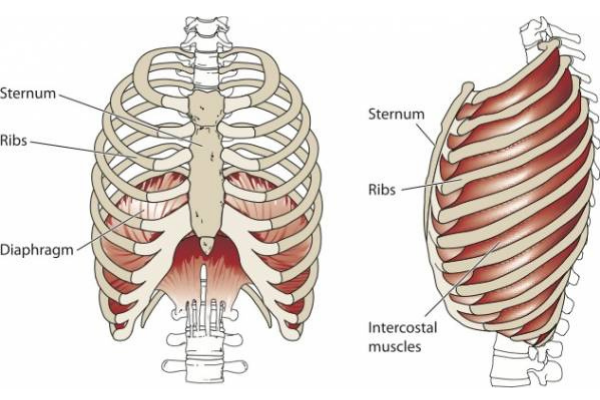
The Diaphragm and Intercostal Muscles
The Diaphragm is a dome shaped muscle that forms the lid to the inner core unit. It is important to note the attachment of the Diaphragm to the lowest ribs, and its close connection to both Psoas Major and Quadratus Lumborum. Poor breathing patterns can be the root cause of many hip and low back issues.
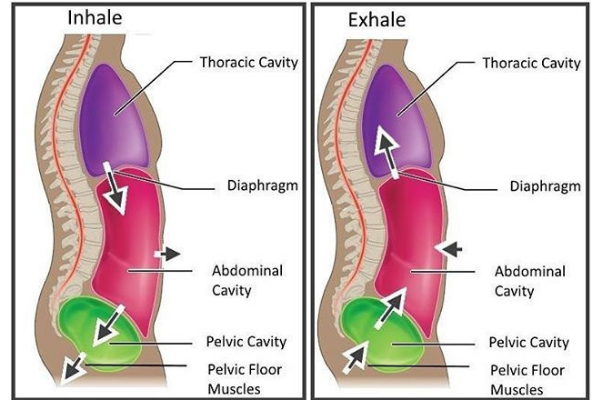
The Pelvic Floor
Ideally the downward pressure of the Diaphragm is coupled with a gentle relaxation of the Pelvic Floor. In return, as the Pelvic Floor contracts, this will bring the abdominal contents back up into the abdominal cavity as the Diaphragm relaxes back up into the ribcage.
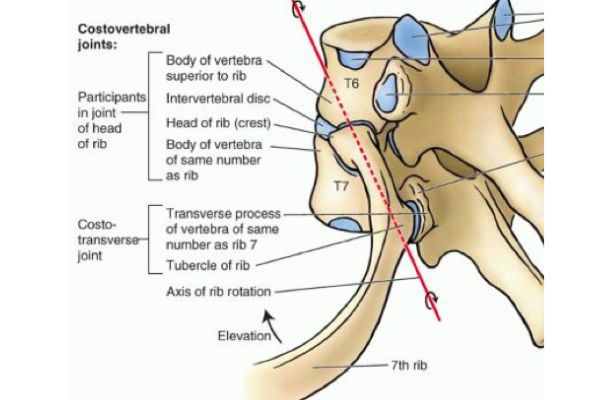
Costovertebral and Costotransverse Joints
Effective activity of the Intercostal muscles on both inhalation and exhalation is dependant on good joint mechanics at the Costovertebral and Costochondral joints. Optimal articulation in these joints is essential for good spinal mobility and control.
The 6 Breathing Exercise may be done in lying, sitting or standing initially, and once mastered, may be done in any other spinal position
The 6 D Breathing Exercise, featured in many of our programs, is a perfect way for dancers to become aware of their own habits and restrictions. It is also a wonderful way to feel the connection of the breath to dynamic deep core control. Note any restrictions to the breath expanding into specific areas of the ribcage, and aim to improve the quality of this expansion over time.
Performing the 6D Breathing exercise in side flexion and extension can help dancers connect to their deep core in positions other than neutral. This is essential in order to be able to effectively activate the deep core system during today's challenging choreography. The ball gives gentle feedback and support to find stability in these different positions.
For more information about a comprehensive, multi-layered core stability program make sure to look into our "New Approach to Core Stability" program. It has helped hundreds of individuals master the dynamic control of their spine needed for optimal function.
Core Resources
If you are looking to delve deeper into this topic, check out the following programs:
-
A New Approach to Core Stability: This program approaches Core Stability in a completely new way. Using a simple visual chart comprising of 5 different positions (Lying, Side Lysing, 4 Point, Sitting and Standing) and 5 different grades, you can work your way through the entire program at your own pace, layering level of stability to achieve ultimate dynamic control of the spine and pelvis.
-
Level One Dance Teacher and Therapist Training: This unique course covers a multitude of assessment and treatment techniques to individualise a dancer's training. With special focusses on Postural Control, Core Stability, Flexibility Training, Basic Classical Technique, The Dancers Hip, Allegro, Spinal Mobility and Arabesques, it is suitable for anyone working closely with dancers.



